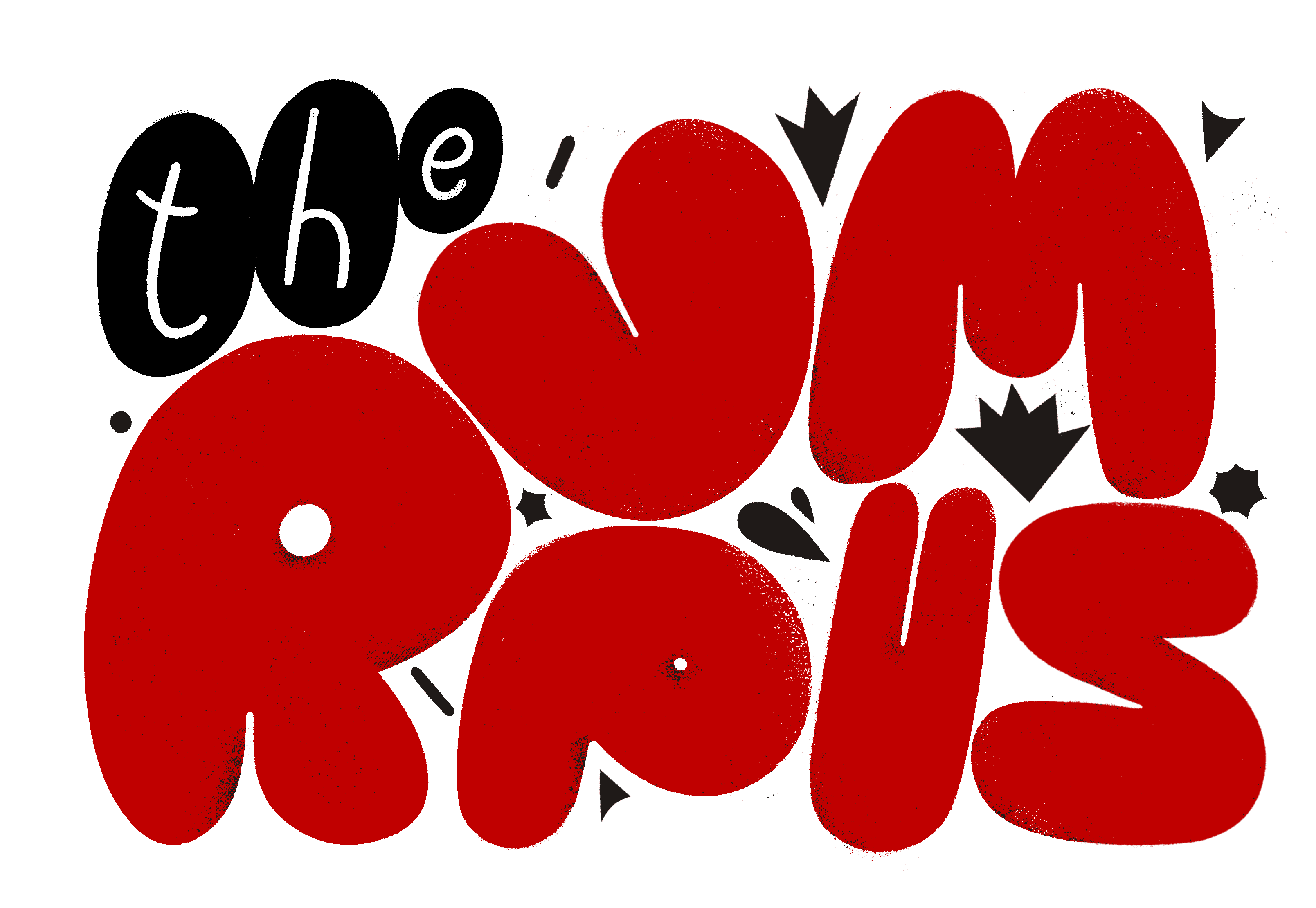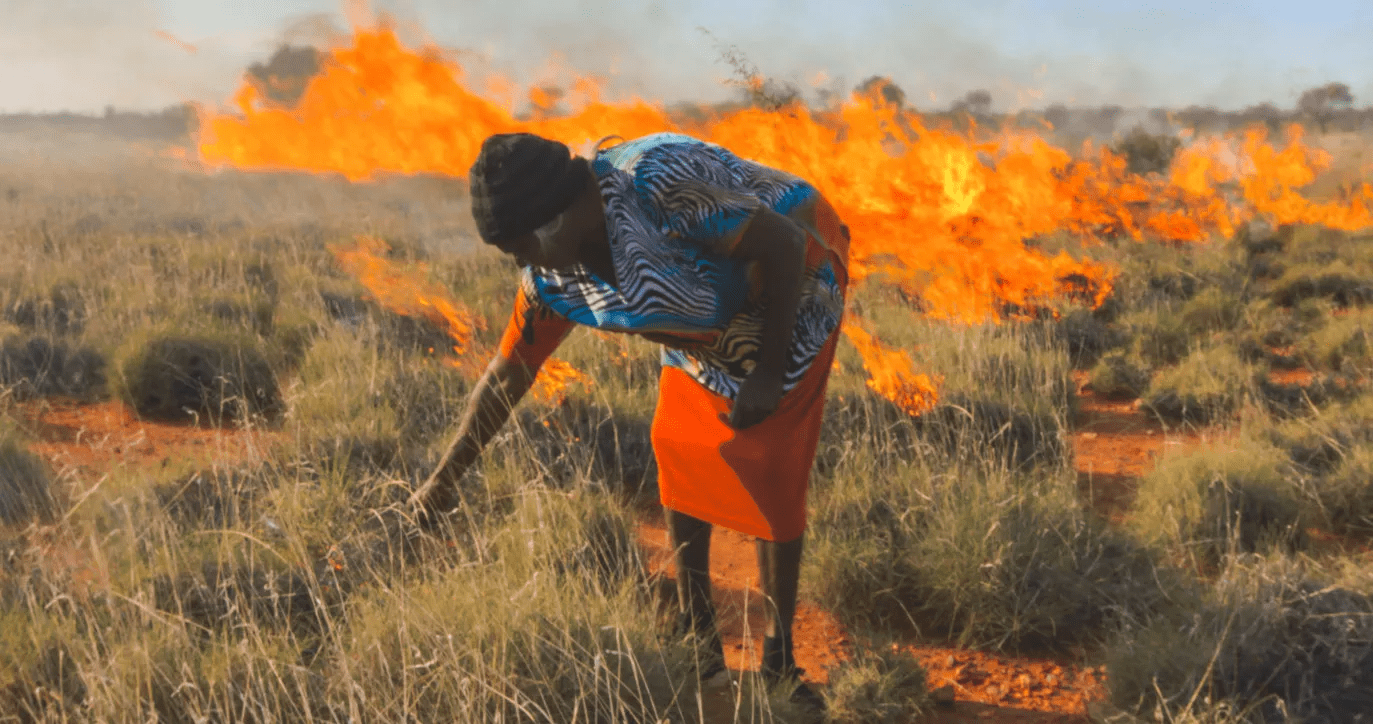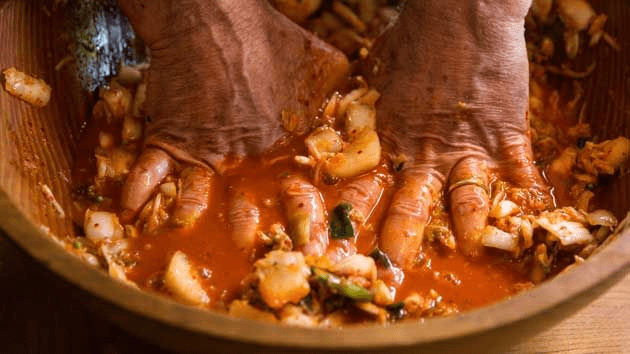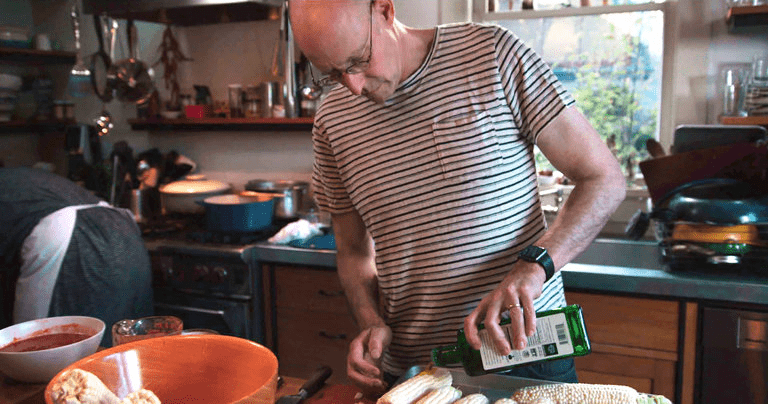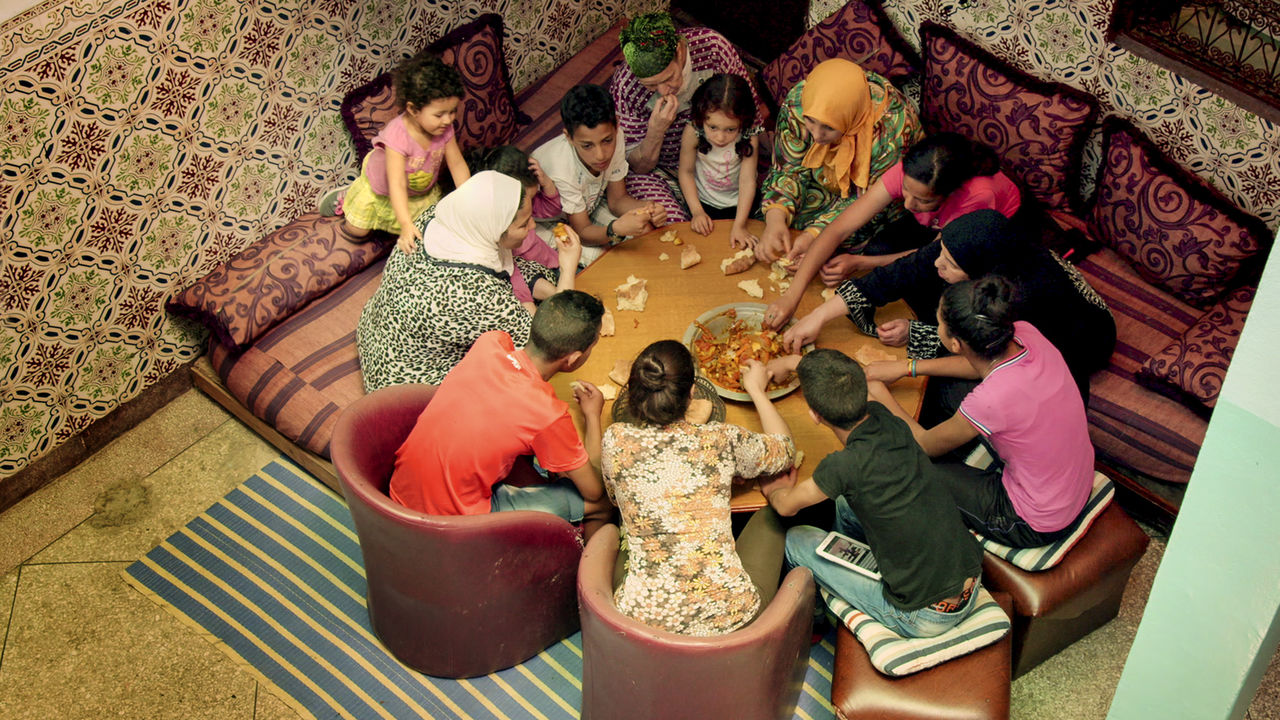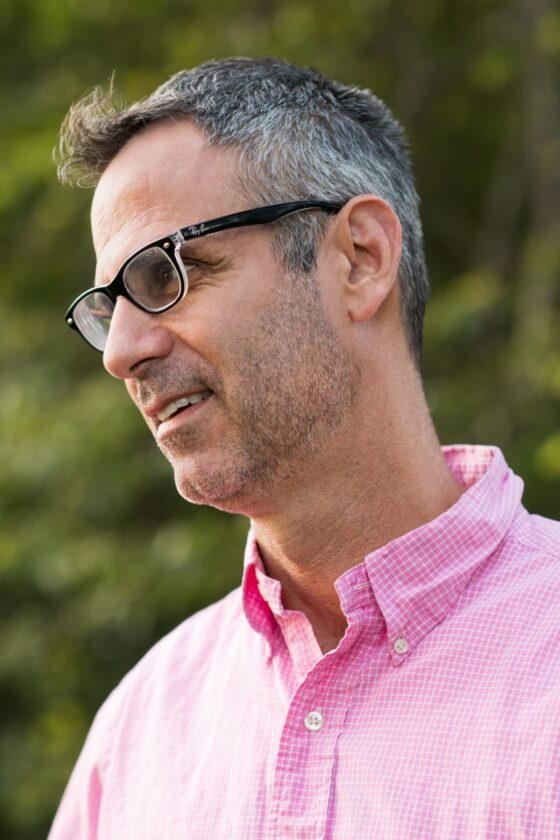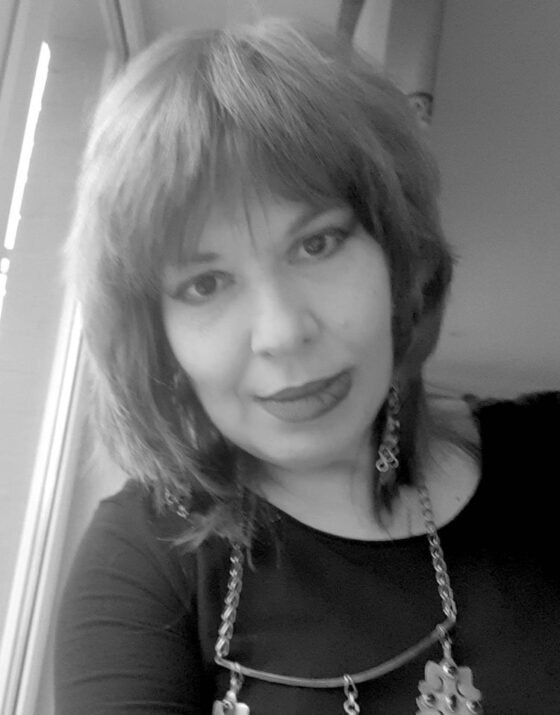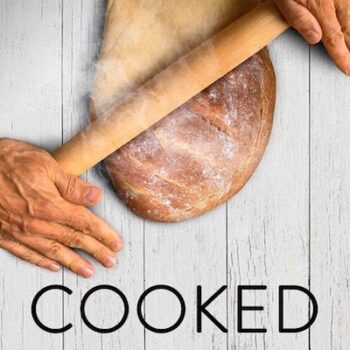
What began as a gathering of proto-humans huddled in ceremonial congregation around a bountiful harvest or hunt has evolved into a bite-sized version of a quick meal eaten alone, probably too late into the night. Our tradition of the human tribe huddled around a big flame has trickled down to a singular sapien’s slouch next to the warm glow of some beloved video-streaming device. What was once an act of participation has become a strange, solitary spectator’s sport.
Yet, we’ve done what humans have always done: adapted. Now we feast on the image of others feasting. Our dedication to the tradition of communal cooking lives on, even if primarily in a virtual fashion. Today, it’s rare to overhear two strangers comparing notes on berry cobblers or exchanging anecdotes about the trials of cooking for a dozen dinner guests. Yet, so many are well-versed and ready to talk shop when it comes to Food Network shows. We know where Ina Garten, The Barefoot Contessa, gets her locally sourced goat’s cheese. We’ve got a favorite Iron Chef to root for. Our collective hive-mind has even generated memes (i.e. Paula Dean riding things) and hashtags (i.e. #foodporn) to nest our obsessions comfortably in the great void of the Internet. Our participation in the tradition of cooking has been abstracted. No longer do we sample with our tongues, now we feast with our eyes.
Perhaps the phenomenon of food on screen isn’t about the food. After all, it’s rare that I remember the winning meal in Chopped, but I definitely remember all the touching moments leading up to it. Like the time season three, episode eight, that winner Lance Nitahara gave some of the prize money to his final-round competitor, Yoanne Magris, so she could fly to France to see her grandmother. I still Google most of the recipes hazily logged in my mind from a great episode of The Pioneer Woman, starring Ree Drummond. Yet, I remember with vivid clarity the look on her father’s face during his birthday meal season six, episode nine. Maybe food television, like so much of our other media, has to do with social satisfaction. Maybe the less time we spend huddled around fires or in kitchens and dining rooms, the more we hunger for the lost tradition of eating together. So we turn to movies (Ratatouille, Julie & Julia, and Jiro Dreams of Sushi) and shows (Top Chef, The Great British Baking Show, and Diners, Drive-ins, and Dives) to satiate our nostalgia and to remind us of our highest selves—so much so, that we have dedicated an entire genre of media to the act of watching others cook and eat. While it seems odd and nonsensical, it’s become a human habit, especially in the era of instant gratification, glimmering screens, and increasing solitude.
From the classic cooking personalities like James Beard, Julia Child, and Dione Lucas who taught audiences to indulge in technique and art, to the more recent wave of documentaries like Food Inc., Super Size Me, and Forks Over Knives, which explore food as ethical, political, and social identity, we’ve developed a habit of gorging ourselves on images. And it makes perfect sense. Cooking and eating are our first reference points for the cycle of work and play. They’re our first lesson in how to follow-through, how to practice and perfect. Starting as blind novices, cooking is how we become cultured and connected curators of experience. We’ve been hardwired to appreciate the act of feasting, and that instinct has not abandoned us, even if our physical practice has been warped. We’ve found other ways of congregating around the Sunday stew—food shows are just a part of that evolution.
Thankfully there’s Cooked, one of Netflix’s newer mini-docu-series, which surfaced in February and brought with it more commentary, science, poetic pontifications, and slow-motion shots of mouth-watering food preparation. Broken down into four episodes—each just under an hour—Cooked offers an exploration of food’s relationship to the basic elements: fire, water, air, and earth. In its broadest sense, the show expands into a Cosmos-like story of the trajectory of the human diet, its entire history and narrative plotted by Michael Pollan (a foodie version of Carl Sagan/Neil deGrasse Tyson) who’s grown into his celebrity status with acclaimed books like The Omnivore’s Dilemma and The Botany of Desire. In fact, Cooked, the show, is based off of Pollan’s 2013 book Cooked: A Natural History of Transformation. A friendly and compelling talking-head throughout each of the episodes, Pollan also serves as the executive producer on the show, alongside longtime documentarian and truth-telling heavy-hitter Alex Gibney, known for Going Clear: Scientology and the Prison of Belief (2015), Steve Jobs: The Man in the Machine (2015), and Freakonomics (2010).
It begins with fire—a fitting start for a new series attempting to reignite a much-treaded topic. Cooked’s trial-by-flame is, for the most part, successful. The show’s opening image is of an Australian tribe member gingerly spreading flames in a field while, from above, a gorgeous aerial shot of rusty acres feeding a hungry blaze introduces us to a strange and mesmerizing practice. The story unfolds eloquently with an anthropological examination of Aboriginal hunting through bush-burning, meanders into an exploration of the ancient practice of pit-cooking, and ultimately lands on a familiar favorite: BBQ.
From the onset, Cooked is clear about its intentions: to stun, to educate, and to connect. Pollan, our trusted narrator, begins to walk us through the story, explaining not just the significance of fire but of our relationship to the way we eat. From the first few lines the show begins to fan outward, slipping its plot points into unexpected topics: “We are the species who cooks, and when we learned to cook is when we became truly human.” This poetic declaration is followed with a scientific explanation that cooked food required less jaw muscle, which left more room for a large brain. This sort of seamless bonding of art and science becomes a defining characteristic of the show.
Episode one sets up an interesting and wide trajectory, and the rest of the show follows suit. It begins with the image of smoldering earth and quickly explodes into a prolific exploration of the many identities of food: as lifestyle, political statement, ethical conundrum, historical marker, cultural signifier, and evolutionary tool. The show celebrates the science, art, and history of our most common ritual. Consequently, each episode blossoms into a series of vivisecting storylines and motley characters.
To that end, Pollan doubles as his own magician’s assistant, rolling his sleeves up and becoming the eyes, hands, and tongue which moves the show from the realm of distant, academic observations into the world of participatory and connected actions. In a twist to documentary producers everywhere, Pollan steps into frame and gets busy learning and doing. We see him seasoning the pig inside of a giant smoke-oven, chopping vegetables for a sofrito, cutting onions with his son, kneading bread dough, smelling cheese, etc. No task seems too daunting, time consuming, or meticulous.
As he takes on the tasks of elemental cooking in documentary real-time, Pollan works hard to prove that cooking is a universal tradition—a practice we love to share, a story we love to tell. Wherever we go, there is food; and where there is food, there is a deep sense of history and cultural identity. From the much-respected kitchens of classical France to the small, unseen pantries of the Middle East, food is, like us, an evolving and beautifully complex thing. Cooked, though focused on the four elements, tells the story of food through the five senses. Its cinematography is equally as profound and lyrical. The show is littered with gratuitous macro shots of matter becoming morsels: flame charring a steak or air lifting bread into a perfect pillow. It’s a visual celebration of transcendence.
The show is also cleverly plotted, featuring all levels of expert opinions and contributions, showing cooks and farmers at work in myriad contexts and environments. It introduces us to people like Nathan Myhrvold, founder of interdisciplinary culinary team Modernist Cuisine and a man dedicated to the science of food. We watch as he ferments yeast for bread-making, discussing gluten as a fashionable scapegoat for lazy chemical food processing. After a satisfying shot of Pollan covered in his latest culinary experiment, we meet Harry Balzer, a former food industry market researcher who breaks down our American dependence on eating-out by explaining that, “eating and preparing food are not one in the same.” With a few well-timed info-graphics, Cooked satiates our desire for exposure to the culinary geniuses we’ve come to crave.
But the show’s real narrative strength is its scope. Before long, the kitchen credits expand into less-seen and often overlooked levels of culinary contributions. As dawn breaks in Mumbai, India, we’re transported to the small home of a local woman who runs a catering business. Hers is a new role, borne of the country’s rapid modernization and economic growth. Her haphazard tools and fresh ingredients stand in stark contrast to the well-lit and over processed burger joints earlier mentioned by Balzer. In this way, Cooked is constantly in conversation with itself, cleaving ideas and images in an effortless stream. The show has a tremendous momentum, leaving little room for mental downtime, demanding our full attention.
At times it may even appear that the show is ambitious to a fault. According to an early review written by Ryan Vlastelica for the AV Club, “Cooked serves more as a launching pad for discussion, offering viewers discussion topics, if not enough information to exactly have that discussion.” However, I’d argue that such is the nature of food-centric storytelling. Food is the nail on which so many elements of the human condition hang. It is our most fundamental touch point back to our species as an animal within a vast network of life. In short, the story of food is impossible to tell fully and wholly because it is the story of everything. From the microscopic flora in our digestive systems to the closed-loop reality of our cosmological home, food runs the gamut. As Pollan says in the final episode, “When you look at food, it’s not just a thing… it’s a relationship with other species in nature.” By this logic, Cooked is actually a show about the interconnected reality of life on earth.
The show’s fearless exploration of all things big and small is admirable. Because Cooked samples from all of its predecessors in style and topic, it becomes a show that can’t be pigeonholed into the tired and dry mechanisms of foodie-media. Cooked is no travel show, but it showcases a host of beautiful and distant parts of the world. It is no cooking show, and yet it contains entire scenes dedicated to the preparation and consumption of specific meals. It’s no shock-doc, and yet it doesn’t turn a blind eye to the horror and grotesque truth of modern food-production.
Ultimately, Cooked is another Netflix success and a noteworthy addition to the foodie film library. It’s beautiful, concise, informative, but beyond that, it’s inspirational. When the show ends, there is only one desire: to open the fridge, call up a few friends, and to get down to the elemental. Like a rediscovered photo album, Cooked prompts us to remember who were were and who we have the potential to become. It holds up a mirror and offers us an opportunity to take a long look—not just at ourselves, but also at ourselves within a larger context. It gives us permission to see ourselves as intricately connected. It shows us how small we are, and yet urges us to celebrate the power we can generate as a collective.
From Moroccan women with hands whitened by flour and Western Australians plucking iguana tails from burn pits to lab-coat technicians experimenting with probiotic cheeses and hot dog vendors at Little League games: we’re all participating in the story of Cooked. Every touch-point we share with food is a continuation of this process of becoming fully human. Pressing play on one of BuzzFeed’s Tasty videos or queuing the next viral food show in our list are both acts of participation. Pollan’s ultimate words reign true—our story is of “learning how to transform the gifts of nature into these achievements of culture; and that’s what cooking is.”
***
Image credits: feature image, image 1, image 2, image 3, image 4.
